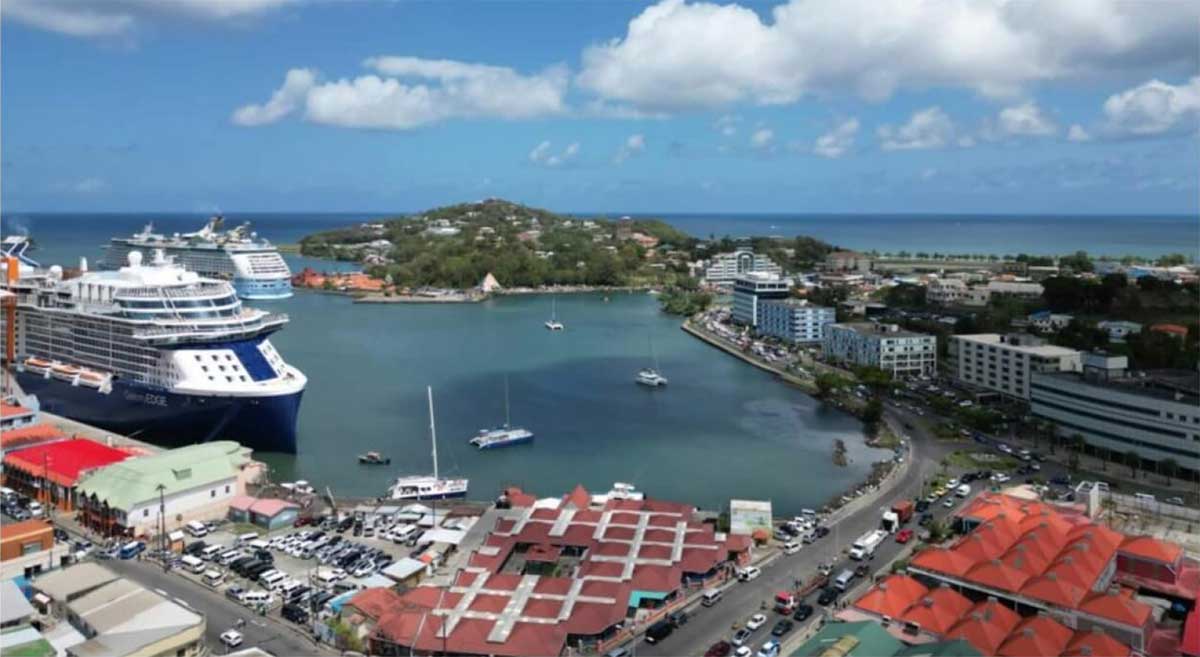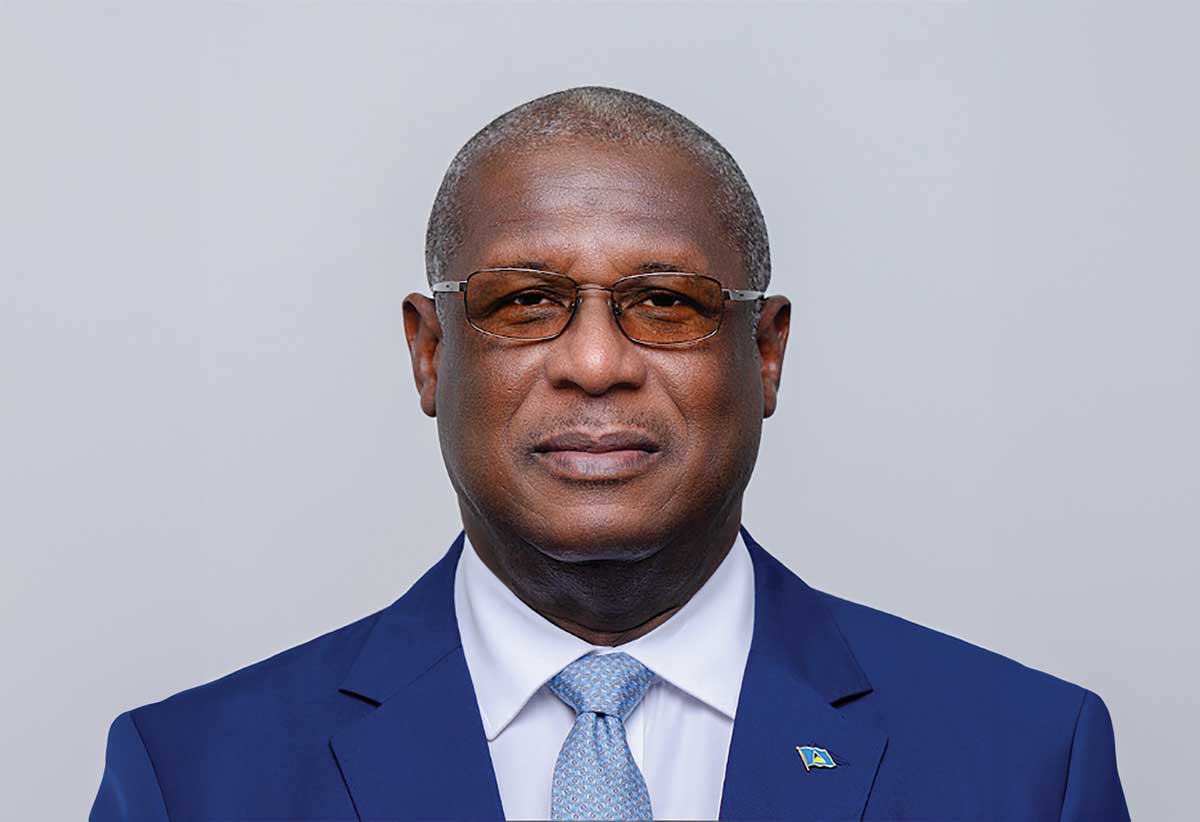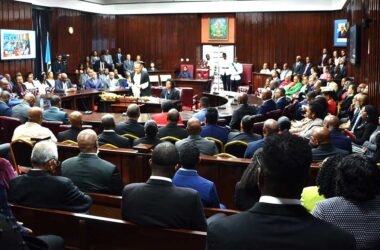
The government’s Infrastructure 2030 programme is being evaluated, with decisive measures planned to handle the growing volume of traffic and economic activities along the country’s highways and ports.
Given the increased trade and distribution of goods in Saint Lucia’s business sector and major ports, Minister for Infrastructure Stephenson King insists that the nation’s road networks and port service delivery must be upgraded in order to fully realise the country’s economic potential.
HonourableKing defines the government’s Infrastructure 2030 agenda as having two key components: a “strategic plan” aimed at aligning infrastructural development goals with necessary legislative and policy revisions, and the establishment of new mandates and protocols, including designs and implementations.
He also emphasises the urgent need to revise the Roads and Works Act to accommodate changing business patterns, such as the transition from traditional to electric vehicles, among other critical developmental factors. The “physical plan” will outline the country’s development strategy by 2030, with a focus on improving road infrastructure.
He also raises a vital point: Saint Lucia’s present road infrastructure is insufficient to sustain the island’s growing number of automobiles. For decades, efforts have been confined to maintaining and building roads depending on requests, with no overarching strategic plan.
“At this stage, we need a strategic plan,” he maintains.
For example, the North Quadrant project will necessitate coordination with many authorities to implement effective strategies specific to these zonal developments, ultimately complementing the national infrastructure plan.
“The overall movement of traffic is also a pressing concern,” the minister noted. “While we talk about developing a four-lane highway from Choc to Gros Islet, we must assess if that will truly accommodate the traffic flow effectively.”

Minister King describes the existing congestion as unacceptable and calls for reform. “We envision a bypass route to the city or an alternative road parallel to the Castries-Gros Islet corridor to alleviate traffic congestion.”
He also emphasised the need for a comprehensive master-development plan for infrastructure, noting, “Now that we have agreed on the policy and strategic plan, we must envision our position by 2030.”
The minister emphasises the importance of haste, with only five years to achieve Infrastructure 2030 objectives. “We must expedite this process, while also considering the future beyond 2030, as our country continues to develop with more vehicles and increasing pressures on our infrastructure.”
He argues: “We must formulate a strategic and physical plan for transport, focussing on our bus terminals, the types of vehicles in use, and whether we transition from fossil fuels to electric vehicles.”
He calls for “larger buses” to improve mass transit efficiency rather than smaller 14-seater vehicles.
On the topic of ports, the minister emphasises the necessity for rehabilitation and expansion due to insufficient storage space. He stated, “The ports must be upgraded.” The significant rise in volume, alongside with the multi-purpose use of Port Castries, presents major challenges, especially during the tourist season.”
King underlined the continued need to address cargo, commercial, and tourist port challenges. He mentions that the Cul de Sac zone has been allocated for considerable port development modifications, which has sparked increased interest among possible investors.
Looking ahead, the minister anticipates meeting with these investors in the coming weeks and emphasises that preliminary negotiations about investing in Cul de Sac are already underway.
He emphasised the importance by declaring, “We must transform Port Castries into a 24-hour cargo port. Operating an 8-to-4 shift is inadequate for a port that serves both tourism and trade.”
He continued, “This will require operational adjustments, including alternating day and night shifts to fully leverage available hours. All of these initiatives are integral to a long-term port development strategy for Saint Lucia.”
The minister concluded by pointing out, “So, in all of this …we have to look at Castries, Soufriere, Vieux Fort, and Cul De Sac to be able to determine what are the best functions at each of these ports.”













